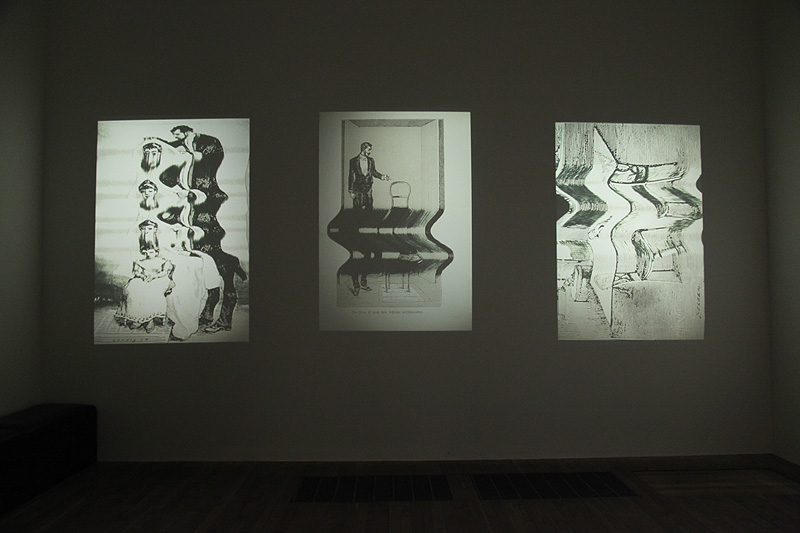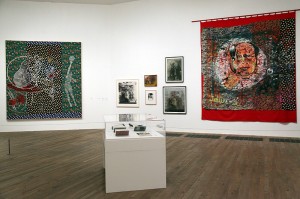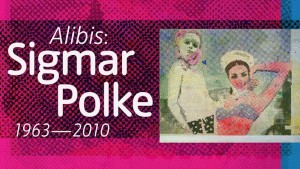Alibis: Sigmar Polke at Tate Modern

Sigmar Polke is quite possibly one of the most resolutely eclectic artists of the 20th and 21st centuries. Having died in 2010,  his career as an artist touched and ran alongside some defining moments in recent history, which formed and infiltrated much of his life’s efforts. From the end of the Second World War and the rebuilding of Germany in the wake of the Nazi regime in his youth, to the craze of pop art Polke was prolific and defiant about what it meant to be an artist.
his career as an artist touched and ran alongside some defining moments in recent history, which formed and infiltrated much of his life’s efforts. From the end of the Second World War and the rebuilding of Germany in the wake of the Nazi regime in his youth, to the craze of pop art Polke was prolific and defiant about what it meant to be an artist.
The ranges of the materials in his work on display in the large rooms at Tate Modern are evidence for the combative nature of his practice. Refusing to be labeled or categorised as a painter or a sculptor, he did not restrict himself and would not be restricted by anyone else. Bearing this in mind when walking round the show is important. From the likely satirical work Potato House (1967) made from wooden lattice and potatoes, to a host of drawings, collage, paintings and film, it’s easy to forget it all came from one man. Even by normal retrospective standards, Alibis is an ambitiously sized exhibition. The curation is beneficially of standard structure, chronological and loosely placed in conceptual families as much as is possible with an artist like Polke.
As with almost all art, the history and context provided in various accompanying texts on the gallery wall is helpful in gaining more of an insight about Polke’s wide arching artistic concerns. However, a fair amount of the work is just a bit too esoteric for drifting through. In other words, most of Polke’s work requires effort.
There is humour and wit as well as some very beautiful experiments, such as the gigantic Sfumato. The awe-inspiring scale of the work from room ten onwards and the pop culture, car crash collages stretched and stitched to fabric on frames reveal Polke’s aesthetic as exhaustless. Into the 1990s Polke’s key interest in glitches and repetitious mistakes in technologies produced striking prints. Later, conversing polyester canvas to render it transparent, he raised key questions about painting as an illusory act and painting’s dependency on perception.
While it is an art marathon and there is a lot to see, be patient and allow at least two hours to take it in. Alan Bennett once said “you don’t have to like it all” and this rather aptly applies to the work of Sigmar Polke.
Lauren Pennycott
Photos: Rosie Yang
Alibis: Sigmar Polke is at Tate Modern until 8th February 2015, for further information visit here.


























Facebook
Twitter
Instagram
YouTube
RSS